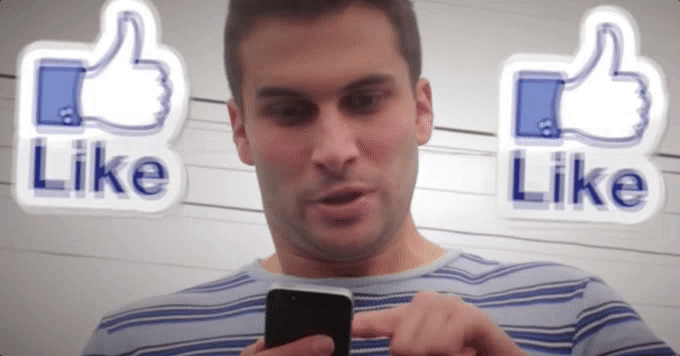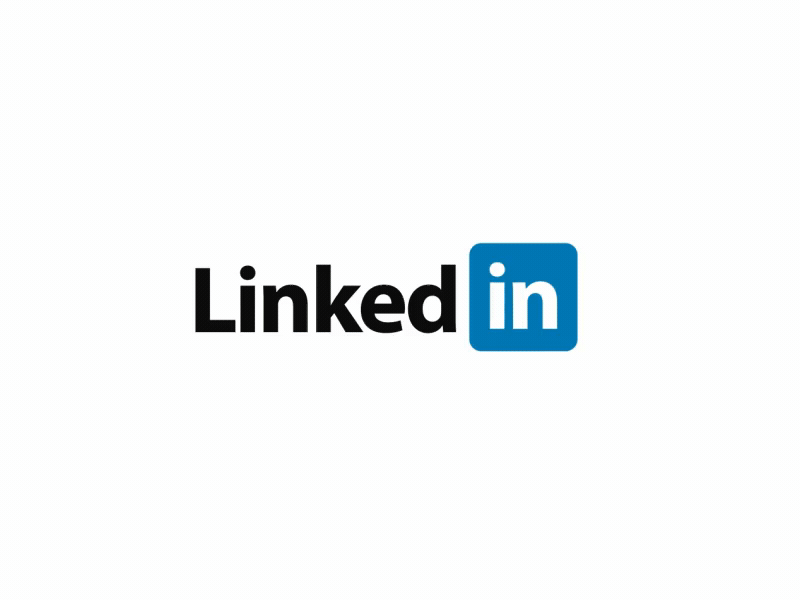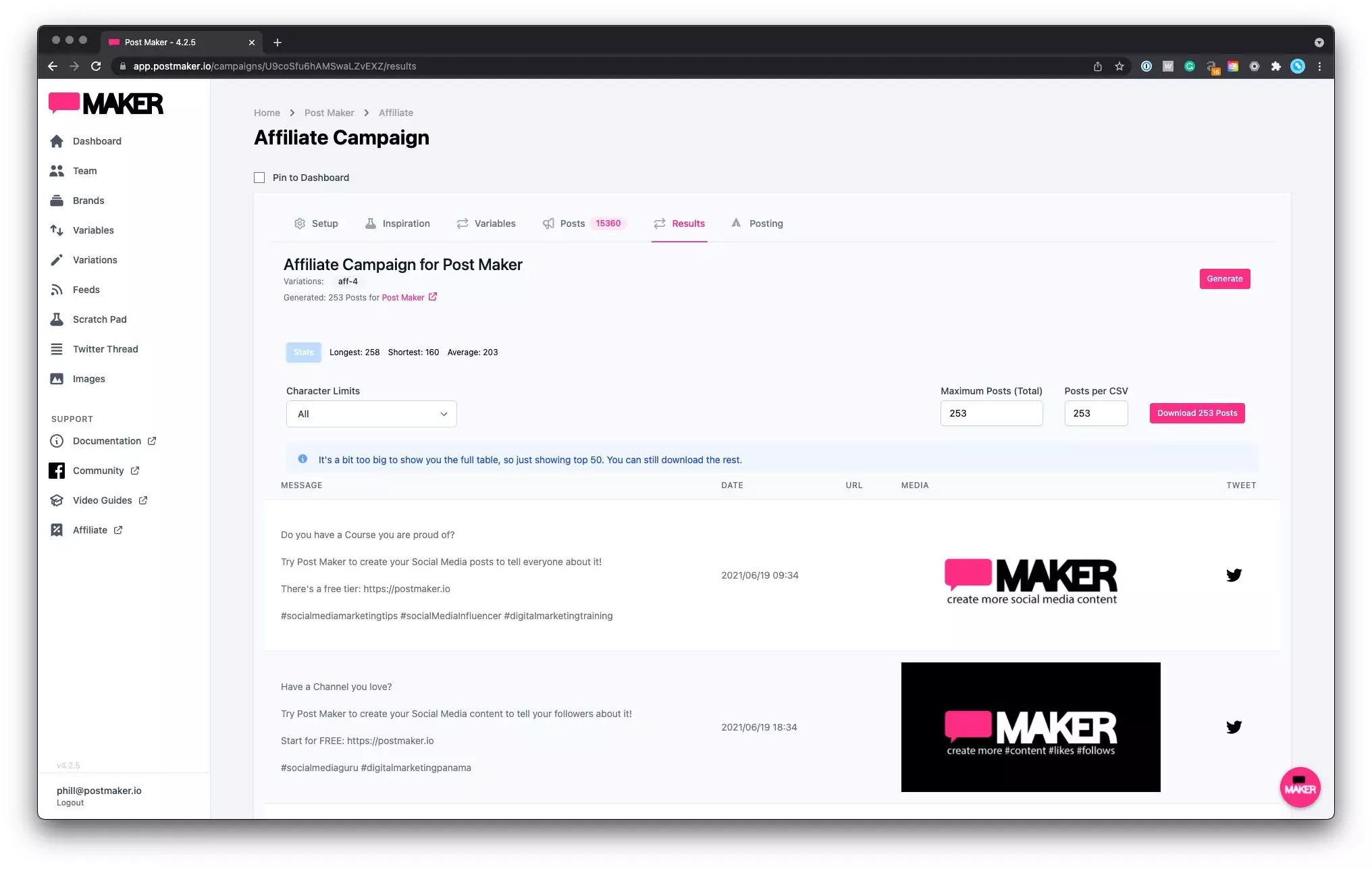A blog about...
How to begin building a Social Community
Nowadays, there are many tools available to help you build your brand.
Aside from channels like advertising, content marketing, and cold outreach, one avenue worth considering is building a social community.
Your likely customers interact with social media more often than they interact with your website or email newsletters.
By going where your target market is - on social media - you can build an engaged community with an audience receptive to your messaging.
Often, many brands prefer to grow their social communities way ahead of launching their products.
But why?
Creating a social group where you bond with your potential clients and build their trust is far more critical than skipping right to the part where you promote your brand. It’s pretty obvious - you can’t sell your products if no one heard about you.
But that’s not all!

Building a social community can help you:
- Get in front of potential customers
- Have a more trustworthy brand personality
- Get real-time feedback
- Build a loyal fanbase
- Cultivate brand evangelists
- Generate new content based on users’ needs and suggestions
So here are a few tips on how you can build a strong, active, and satisfied social community!
Which social platform is the best for your business?
Every social platform has its pros and cons since they cater to various audiences.
Before choosing one, there are a few considerations to make sure your choice fits your audience’s needs and your brand’s personality.
The first important question you should ask yourself is:
Who is your target audience?
Based on that answer, you’ll choose your platform.
To make your brand more visible, you’ll have to consider things like:
- Who is your ideal audience?
- What platforms does your audience spend the most time on?
- When are your potential customers more likely to be online?
- What problems do people in your audience encounter (that you can help solve)?
And just as important as the first question is the next one:
What are your business goals?
To answer that, reflect on:
- What story do you want to tell about your business?
- What kind of content do you want to create?
- What did your competitors do in this situation?
- How can you promote your website on different social platforms?
Moreover, keep in mind that it might be easier to find your audience on some sites (like Facebook, for example) than others (let’s say LinkedIn).
To help you out, I came up with a list of the most popular platforms (including pros and cons for each one).

Using one of the most popular social platforms comes with really significant advantages.
First of all, many customers are already on it. Second, with almost 3 billion users around the globe, the odds of having customers without a Facebook account are low.
Secondly, people are using this app in their off-hours too, not just during work. Studies show that most engagement comes from 9 am-3 pm on weekdays and right after work.
Last but not least, the content is pushed to your users only when they are on Facebook. This way, you don’t have to worry. They’ll ignore your content. As soon as your customers log into Facebook and start scrolling through their feed, they will see your posts.
The problem with using Facebook for growing your social community is its algorithm.
A few years ago, Facebook decided to take a step back and “improve” the type of content people see. As a result, it’s been harder to get content seen by people on Facebook. On average, a post is seen by only 6.4% of its total audience.
Slack/ Discord

Unlike platforms like Facebook or LinkedIn that share posts depending on algorithmic factors and encourage people to comment and engage with the posts, Slack and Discord are more ephemeral communities. In addition, they encourage real-time chat communication. While Slack was initially built for internal teams, it is increasingly used by brands looking to develop their own communities.
Slack and Discord are instant messaging platforms. By definition, they encourage real-time conversations and back-and-forth feedback. So if your audience has something to say, it’s really convenient to leave their opinions and suggestions on your channel.
On these platforms, your audience can easily see all your content. Unlike Facebook, no algorithm decides what your customers would like to see. So, no matter what you post or when you post it, everyone will see your content.
Another great thing is that, compared with Facebook, where you use their platform, on Slack and Discord, you “own” the platform and the engagement within your group. This way, you have better control over who enters your channel, what messages they leave, and even the spam level.
All these sound great, but how about the cons of using Slack or Discord?
On these servers, everything is very short-lived. Discussions are temporary, only happening at the moment with online members.
Plus, like in any other chat, your users will move on from a topic and go onto something else over time. So if you are away from the platform for a while, you might miss a conversation that has already passed.
Likewise, if you have some important announcements that you want users to see, these platforms are not a great place for publishing them. If people log into your group and see hundreds of notifications, they will skip to the last ones. Thus, they will miss your news.
This brings us to another fundamental problem.
The content on Slack or Discord is not “pushed” to your audience unless they have notifications (which they probably won’t).
While Facebook shows users what they’ve missed while offline, Slack or Discord directs them to the most recent messages, from there, it’s up to them if they want to scroll up and take in a lot of what they’ve missed or choose to mark those messages as “read”. Safe to say, most of them will choose the latter.

Whether your business’ profile is B2C or B2B, there are high chances that your audience already uses LinkedIn. Statistics show that an average user checks their LinkedIn around six times/day.
From this perspective, building a social community on a platform that your customers predominantly use is an excellent idea.
Similar to Facebook, your content is pushed to your users when they are on LinkedIn. So there’s no need to worry if you post something at the wrong time. When your audience logs into LinkedIn, they will see your posts!
However, like any other platform, LinkedIn has some issues.
For one, algorithms make your content hard to see.
Or how LinkedIn specialists like to address it: “People you know, talking about the things you care about”.
Like Facebook, the algorithms will push your content only if the algorithms think that your audience will like it. The less engagement you get from your audience, the less the algorithms will push your posts.
Combine this with the fact that there’s a lot of noise on the platform, and you’ll get poor results. Daily, thousands of articles are published, and users are bombarded with information from every direction.
Plus, LinkedIn is very work-centric by definition. People are coming here with a goal in mind: read some news, do some outreach, network, etc. So growing a welcoming and active social community is hard, especially when people aren’t inclined to chat in a work environment.
What I would recommend?
To sum things up, Slack/ Discord may have a relaxed tone. Still, I find the transient nature of the conversations a lot of work to keep up with, while LinkedIn seems a bit too professional, rigid, and often spammy.
In general, I recommend Facebook groups. It’s the perfect combination of business with a more casual tone. You can create a group relevant to your business’s area of expertise and find an audience with a similar interest. For our group, we focused on link building and digital marketing.
Create your group, then curate your group
Having a successful group implies curating it, or it can get chaotic.
It would be best if you didn’t let people post whatever they want. Otherwise, you risk having more spam content than valuable information, and members will either mute the group or leave it.
Once they do that, your reach drops considerably, and you risk losing potential customers.
When your group is small, you might be tempted to let people spam a bit because it looks like there’s constant activity in the chat. But, as your group grows, it’ll get harder and harder to manage everybody that’s spamming.
Do yourself a favour and start right from the beginning with a set of clear rules.
Set some ground rules

Here are some rules you can set for everyone to see and still have fun in your group.
Rules against spamming.
There are a lot of hustlers online trying to pitch their products and services. But, they can quickly diminish the quality of a group by inundating your audience with their pitches. Things like important announcements or even a few jokes can escalate to spam. Having a rule against it makes people understand that they will be banned if they do it.
Rules against harassment, hate, or other comments.
Making people feel safe in your group should be one of your top priorities. Users should know that bad behaviour is not tolerated, and they’ll get banned for it. A “no a-hole” rule sets that expectation and discourages users from doing it.
Respect each other’s privacy - no DM/ PM without permission.
People spamming or soliciting group members are annoying and undesirable. To make users feel safe, let your audience know that they can report anyone harassing them.
Keep things organized

The best thing you can do to keep things nice and fresh is to encourage users to talk about specific topics in certain spaces. This way, the information on your group is better structured, and if someone wants to know something specific, they can easily find it.
For example, Users can discuss everything about blogging in a blog-related channel or group.
Without this, your group can get difficult to manage once it grows.
Encourage engagement

Running a community is not as easy as it seems. First, you have to think of your role as some camp counsellor or cruise director.
Most of the time, you’ll have to facilitate interactions and lead discussions. Dialogue doesn’t magically happen on its own, especially when the group is small.
Encourage your members to get involved, share their opinions or interesting content that they think is helpful. The more they engage, the stronger your community will be.
One thing that I’ve found helpful is having consistent posts related to different subjects. Posting something specific over and over again can bore your audience.
At first, you might have a lot of ideas. But after a while, thinking about something new every time you post becomes tiresome.
That’s why having recurring themes makes it easier for you:
- On Mondays we share our latest blog posts
- On Fridays we welcome the group’s newest members
- Once a week - we share our wins
- Once a month - we self-promote and share our business
Other ideas that spark discussions and sharing:
- Polling members on a topic
- Sharing pictures of their pets
- Encouraging users to share their business or other social profiles
Make a habit of providing value to your members
The whole idea of having a social community built around your brand is not about self-promotion and soliciting feedback. Your audience wants value.
Try to see things from their perspective and think about what’s in for them and why they should care about your community.
Be there for your members when they need it - give advice when they ask for it, come with helpful suggestions, share important news they might be interested in, etc.
If you can’t offer solutions when a specific user needs them, you can always ask another member to chime in. This way, your social community grows stronger while talking with each other.
One thing is sure - the more value you offer, the more happy and engaged your audience will be!

Andy Cabasso
Co-Founder at Postaga
Andy Cabasso is a digital marketing professional, speaker, and lawyer. He is the co-founder of Postaga, an all-in-one platform for link building and email outreach. Before Postaga, he started, grew, and then successfully sold a digital marketing agency.
Personal Twitter: @andycabasso
Company Twitter: @PostagaApp
Ready to dive in?
Try it at no cost.
Make your day significantly better and check out PostMaker today.
